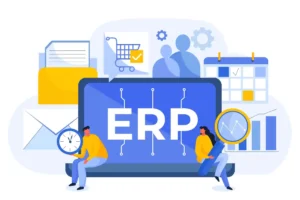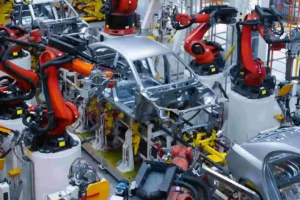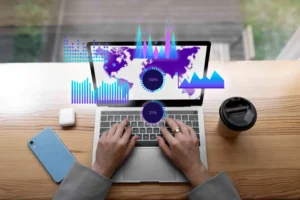Have you ever imagined the number of opportunities you are probably losing to your resistance to change? The past few months have proven that no business can stand longer in the competition while sticking to the old conventional ways. Especially during this time where changes, speed and agility became a survival need.
It did not take too long for restaurants to figure out the need to adopt new models of quick and efficient food delivery. The need for staffing changes, last-minute customizations, ingredient substitution, etc. needs quick processing. Traditional technology cannot support this agility. Therefore, restaurants need to start investing in the right technology that guarantees a greater level of agility.
According to the studies by IDC, companies who focus on building business intelligence improve their productivity, drive cost efficiency, and have 8 times the revenue and twice the profitability as non-digitally transformed enterprises.
How Analytics Benefits Your Restaurant Business
With the new Artificial Intelligence technology, businesses no longer rely on their data scientists to dig out insights and wade through data. There is cloud-based business-powered analytics available to most restaurants while providing tangible benefits. Effective AI-powered analytics can provide tremendous benefits to a business such as:
Finds the meaningful patterns: Such analytics extracts even the trickiest data that a business person might not catch at first. For instance, you might note that your restaurant gets more customers as it rains. Or that your downtown location sells more wine glasses and fewer beers when you serve steak as the main.
Drives effective Ingredient Ordering: It tracks your historical consumption patterns and helps you forecast the probability of next week’s sales. The system also displays a report containing the necessary details you need to make in the next orders.
Minimizes waste: With the right information at hand, you can figure out why there is an extra can of sauce left, or how much content your freezer already has. Having accurate data on your current inventory helps you adjust just the right amount and while minimizing waste.
Optimize stock usage and distribution: You can also identify if the content in your freezer will be okay if shifted to a different location. You can relocate inventories accordingly and find the most appropriate alternatives that ensure maximum utilization of the spaces you have.
Creates a more logical menu: Intelligent Analytics can provide insights to design a perfect menu that compliments your guest’s taste while giving you more in return. Identify the dish that doesn’t return enough profit. Check if you can work with other dishes that can offer a better return. Check if your most popular dishes are even providing the revenue you expect.
Simplified Staffing: check if your restaurant is overstaffed or understaffed, how many workers are useful, and how many of them won’t make a difference if removed. Check if you have too many or too few staff working in a location at a specific time. Identify how you can make better use of their time and resources.
3 Tips for a Restaurant CIO
We have accumulated a few tips for CIOs to optimize intelligent business analytics for the maximum benefit of their restaurants.
Find the Subtle Drivers of Benefits
Optimize analytics to find the smaller driver of benefits. As it is important to concentrate on the KPIs like the number of laborers and the number of hours you are spending on your guests, you need to find the smaller sections that play a massive role in providing a good return. Figure out the factors that are driving your customers into your business. Identify why small changes are happening among your customers, the factors driving them, and how you can shift them.
Use Analytics to Predict
Many restaurants use historical analysis to understand what has happened. However, the real power of such analysis is to prepare you for the future, where the business is going, and how it can do better. It is essential to involve external data to determine external behavior. For instance, if you notice that the miles your customers travel have dropped, what could be the reasons behind it, and how you can mitigate against it.
Adjust Your Matrix
Take your previous table turns, for instance, how fast you can turn the tables only matters if you have enough guests to fill those tables. As the matrix changes, businesses must focus on serving more to the customers who already exist. Always pay attention to what is happening to your business before choosing the matrix you want to focus on.
To take full advantage of intelligent analytics, the first step is to discard the old disjointed applications and upgrade to a unified software solution like LS Retail. Trident Information Systems is one of the Gold Partners of LS Retail and Microsoft. Backed up with more than 150 technical resources, we have served several businesses. Contact us for further information.




